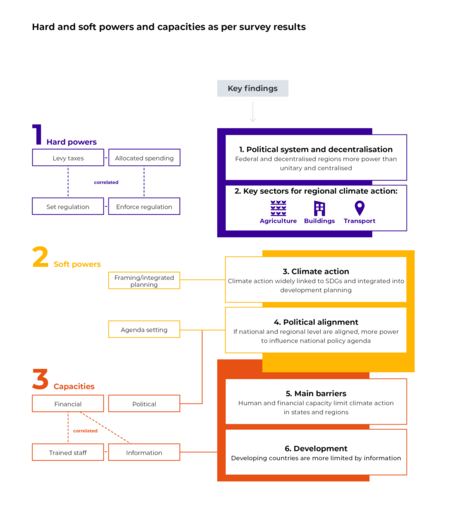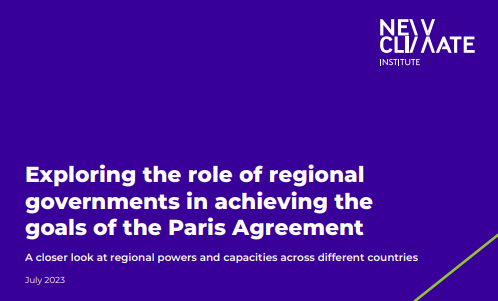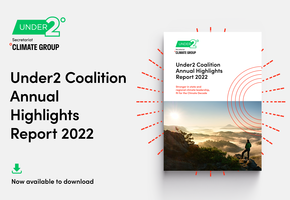A significant percentage of the world is divided up into states and regions, with their governments often responsible for large budgets and important policies. However, the level of soft and hard powers varies considerably, as does the ability of each government to make a tangible difference to emissions reduction.
Those governments that are members of the Under2 Coalition, the largest global climate network of regional governments, have committed to reaching net zero by 2050 or earlier. This goal could ultimately lead to a 3.3-3.9 GtCO2e reduction per year - closing the global emissions gap by around 10% by 2030. However, current understanding of government powers remains limited. With a better appreciation of how states and regions work globally, how much more progress could we see on reaching the 1.5 degree warming target?
NewClimate Institute research
With this in mind, the German government commissioned NewClimate Institute to analyse how this changes from region to region – and where it opens up possibilities for state and regional governments to do much more work against climate change.
NewClimate Institute’s research, published today, uses existing secondary data and interviews with Under2 Coalition governments to obtain a global picture of subnational governments and their influence. It analyses and maps state and regional governments’ hard powers (financial, legal), soft powers (agenda setting) and capacities (finance, information, politics, human resources) for climate-relevant policy making, before looking at how these either enable or limit action on climate change.

The Under2 Coalition's global network has an extensive understanding of climate policy development and implementation. Members were therefore able to offer advice and insight to give this report both content and recommendations for future actions.
The governments interviewed were:
-
Boyacá
-
California
-
Jalisco
-
Lower Saxony
-
New South Wales
-
North Bank Region
-
Rio de Janeiro State
-
West Bengal
-
West Kalimantan
-
Western Cape
Climate targets
Targets for emissions reduction, and particularly those associated with UN COP processes, have traditionally focused on national governments. Yet there are solutions at a subnational government level that could be scaled up to make a real difference – if only there were better opportunities for collaboration.
This year we are calling for greater involvement of states and regions across COP28 and in the final text adopted afterwards. While national governments set targets, it is subnational governments that implement solutions on the ground. With a complex issue such as climate change it is essential that all voices are heard and that governments at all levels work together on solutions that work. We can turn the tide but need to use the skills and expertise we already have, collectively, to get there.
States, regions and the Paris Agreement - NewClimate Institute report summary.pdf
Size: 125.02 KB
Date added: 12/07/23

